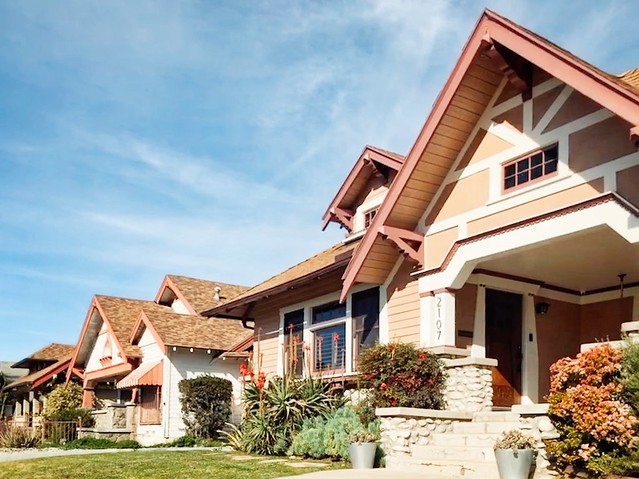According to the Mortgage Bankers Association’s Weekly Applications Survey, average mortgage rates saw a slight dip last week from one week earlier. Rates were down for 30-year fixed-rate loans with both conforming and jumbo balances and 15-year fixed-rate loans. Rates for loans backed by the Federal Housing Administration were unchanged from the week before and 5/1 ARMs increased. The improvements, though slight, led to a bump in mortgage application demand. Joel Kan, MBA’s vice president and deputy chief economist, says the gains were driven by increasing refinance activity. “Mortgage rates moved slightly lower last week, which led to the pace of refinance applications reaching its strongest week since October 2024,†Kan said. “The average loan size for refinance borrowers increased, as these borrowers tend to be more responsive for a given change in rates.†Demand for loans to buy homes was down from the week before but still up 2 percent from last year at the same time. The MBA’s weekly survey has been conducted since 1990 and covers 75 percent of all retail residential mortgage applications. (source)












